This website use cookies to ensure you get the best experience on our website
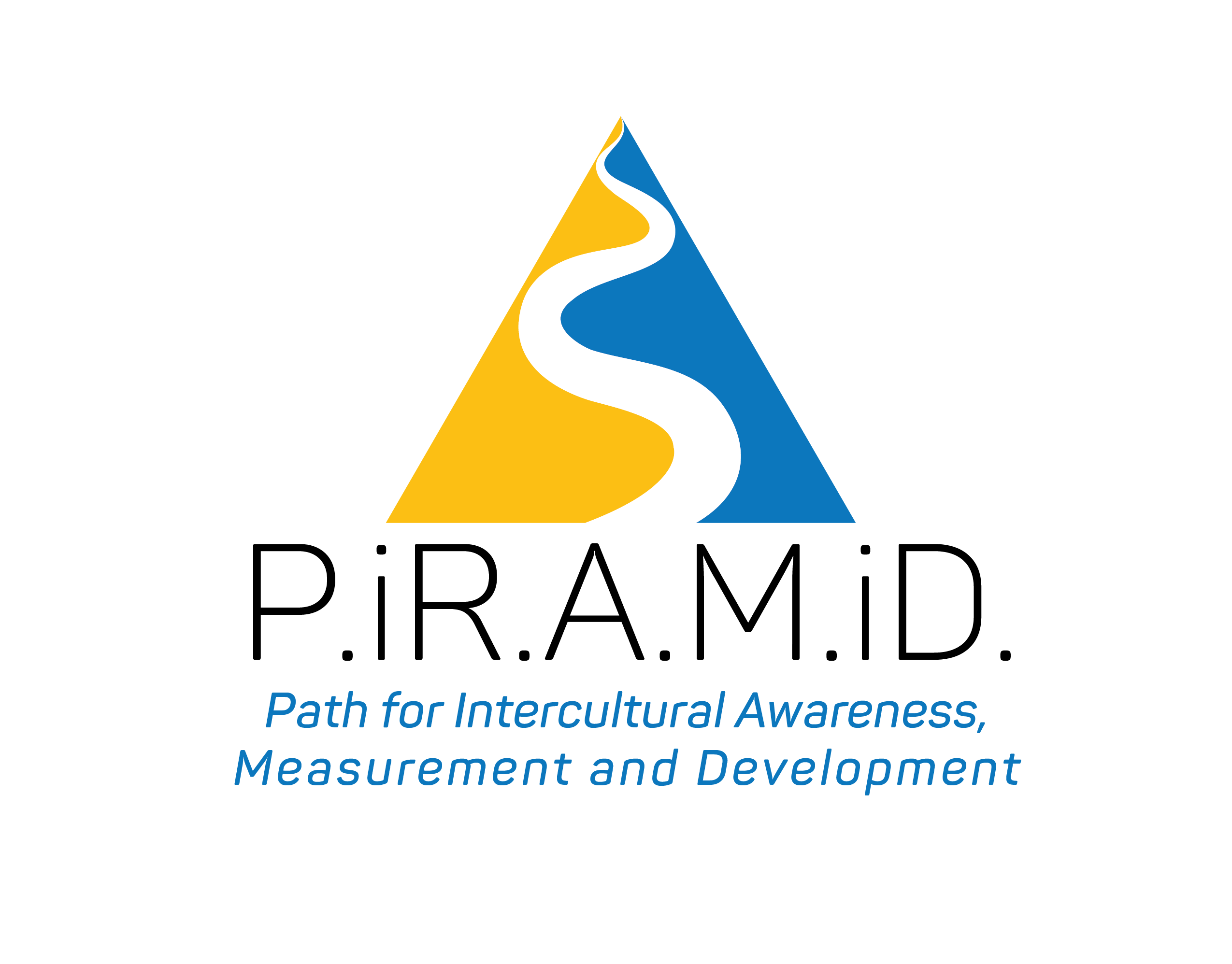
P.IR.A.M.iD
2023-1-ES01-KA220-VET-000157060
P.iR.AM.iD Linear-Active Model
17 September 2024

Within the P.iR.AM.iD project, we adapted the Theoretical Model based on The Lewis Model of Cross-Cultural Communication, to the VET educational frame.
More in details, we applied the culture’s categorization from Richard D. Lewis (The Linear- Active, The Reactive, The Multi-active) to the following fields: Digital world, Vet education, Tourism sector schools.
We identified the behavioural indicators for every culture categorization and the result is a matrix with a detailed description for each field.
Today we are going to present the Linear-Active group model application.
The first scheme shows the model, as identified by Richard Lewis.
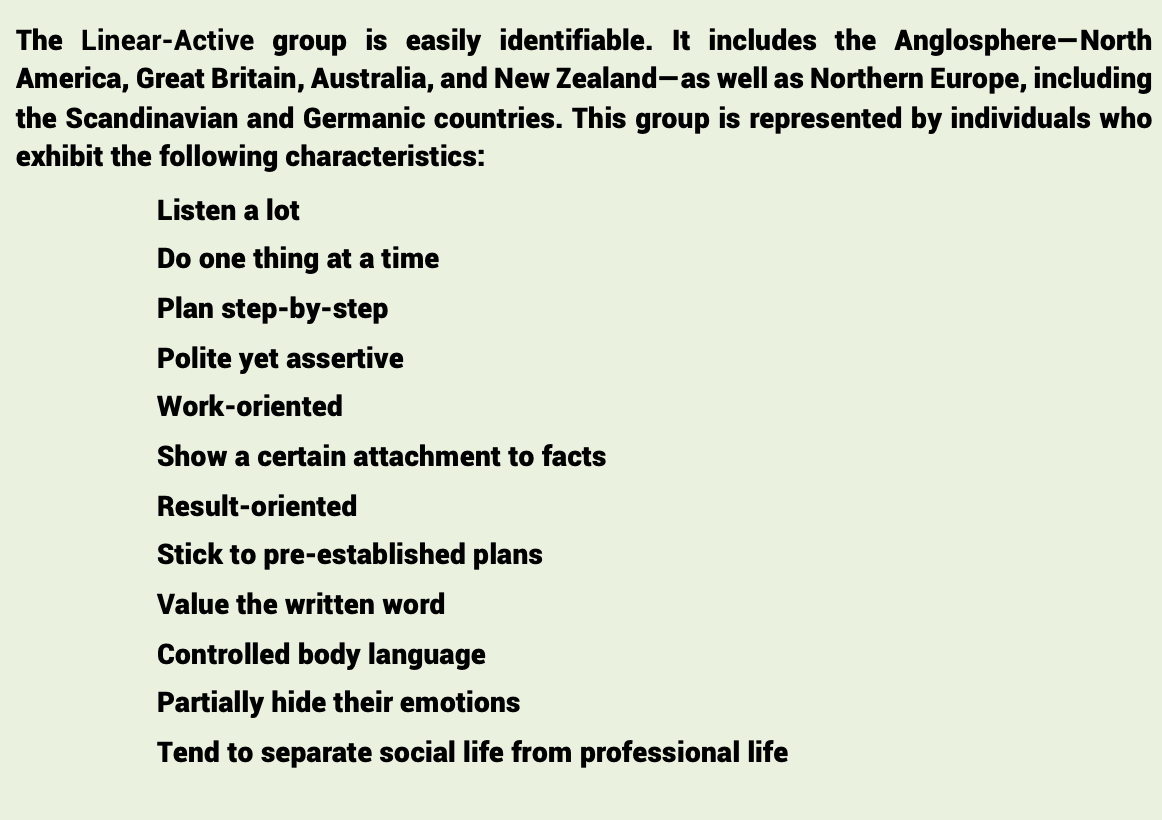
The following tables, represents our adaptation to the field object of our investigation:
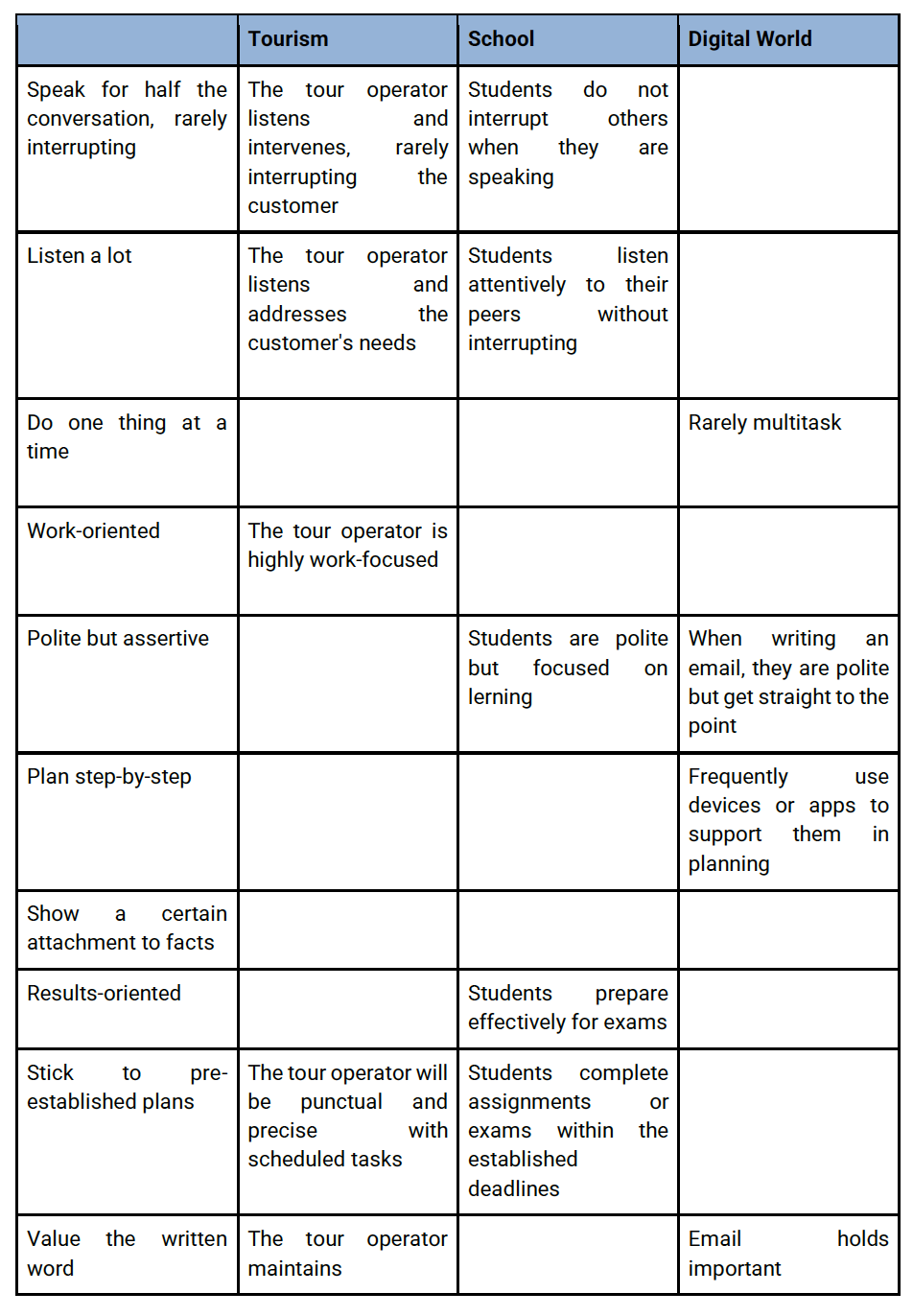
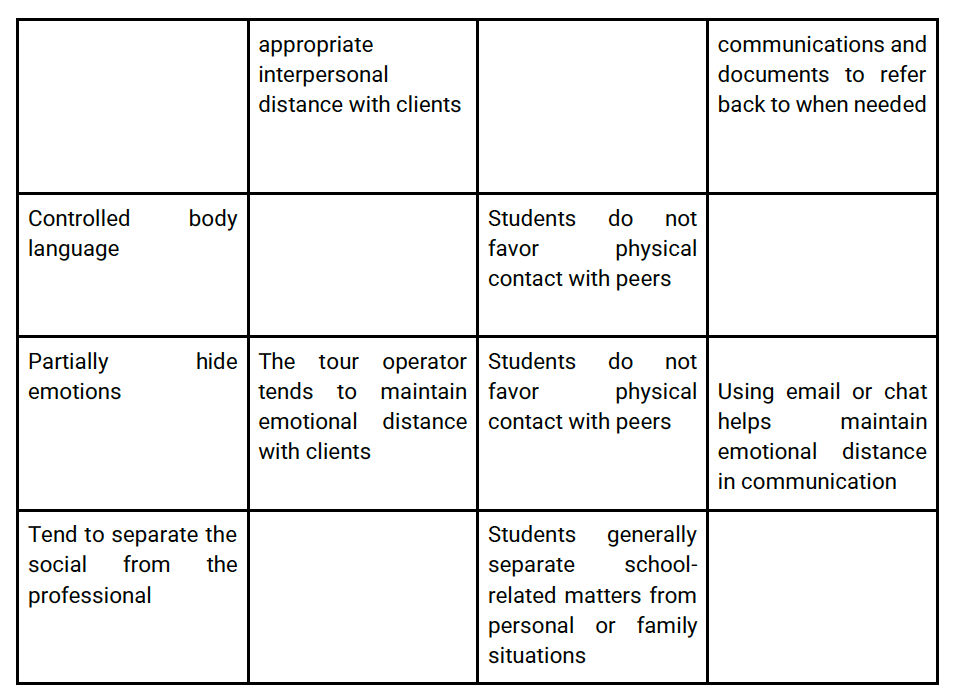
People working in the touristic sector who are linear-active exhibit the following traits: they never interrupt others when speaking, listen carefully to customers, and are attentive to their needs. They are also focused on their work. When it comes to scheduled plans, these individuals are punctual and precise. Additionally, linear-active cultures in this sector maintain appropriate interpersonal and emotional distance from clients.
As shown in the table, in the education sector, linear-active individuals demonstrate careful listening and do not interrupt their classmates during discussions. These students are typically polite and focused on learning. They are results-oriented, actively preparing for exams. They complete assignments and exams within the given deadlines. Additional traits of this group include a preference for minimal physical contact with peers and a tendency to keep school-related matters separate from personal or family issues.
Finally, the application to the digital sector shows the following characteristics: being rarely multitask and preferring written communication. In fact, when writing emails, people in this dimension are usually polite but direct. This cultural group is dominated by timetables and schedules and more specifically people from this sector often use devices or apps to assist with planning. For linear-active individuals, the written form is crucial, and for those well-versed in the digital world, emails serve as important channels for communication and documents to refer back to as needed. Being linear-active, they tend to conceal their emotions, and using email or chat helps them maintain an emotional distance in their communications.
Do you see yourself in this model? If not, in the next articles we are going to present the Multi-Active and the Reactive models.
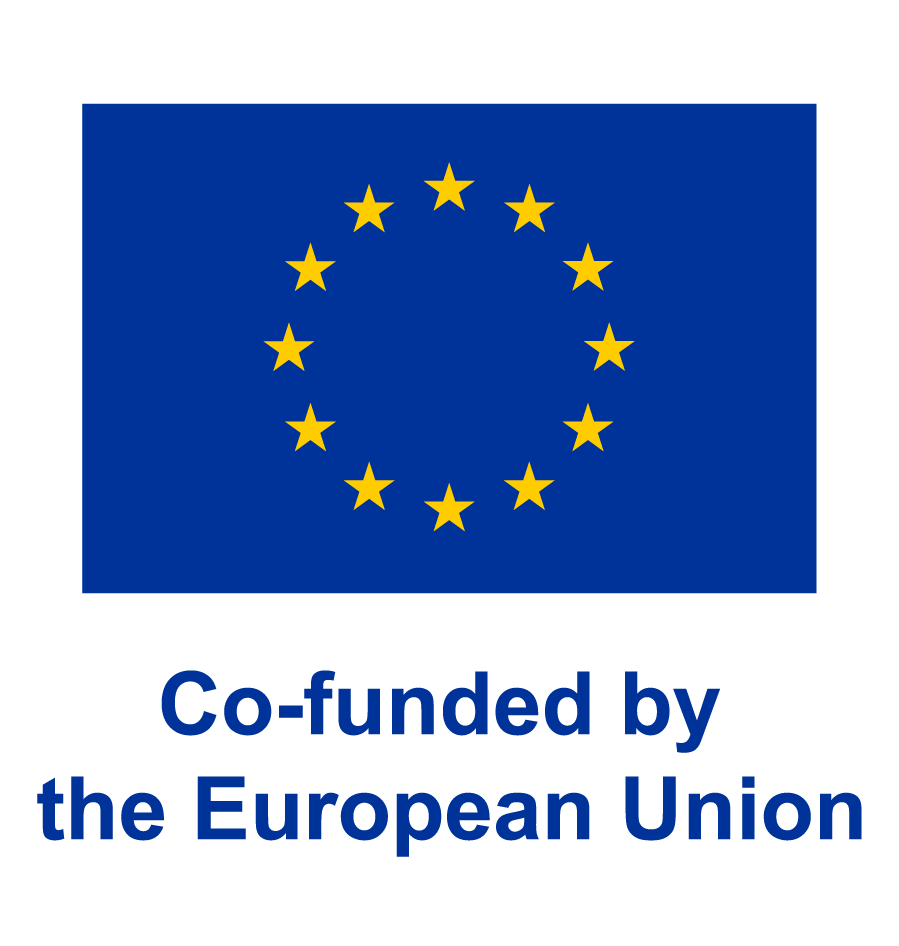
This project has been funded with support from the European Commission.
This publication reflects the views only of the authors, and the Commission cannot be held responsible for any use which may be made of the information contained therein.
